SGTM disease affects quality of life, aesthetics and can lead to many complications if not treated promptly.
 |
| Images of legs of patients with varicose veins according to disease levels. Photo: BVCC |
More and more people are suffering from varicose veins.
Specialist Doctor I Bui Van Linh, Head of Thoracic Surgery Department, Thong Nhat General Hospital said: On average, there are about 15-20 patients coming to Thong Nhat General Hospital every day for examination and treatment of TMJ. The number of patients tends to increase gradually and become younger.
SGTM is like an occupational disease. Sedentary jobs (office workers, medical staff, teachers, garment workers, etc.) will increase the risk of this disease. In addition, people who are obese or have an unhealthy lifestyle (using alcohol, beer, cigarettes, etc.) also increase the risk of SGTM.
“There are statistics showing that people who work more than 40 hours of overtime per month have a 2.7 times higher risk of getting venous insufficiency; people who stand for more than 1.5 hours per 8-hour shift have a 2.35 times higher risk of getting venous insufficiency; people who have to stand a lot and sit for at least 3.5 hours per 8-hour shift have a 2.74 times higher risk of getting venous insufficiency…” - Dr. Bui Van Linh cited.
Dr. Bui Van Linh added: The disease is common in people over 30 years old, most commonly from 45 years old and up. For younger people, SGTM is often caused by congenital vascular abnormalities.
Specifically, SGTM legs is a common name to help people understand easily. In fact, SGTM disease includes 2 diseases related to veins in the lower limbs: venous insufficiency and varicose veins. This disease causes pain in the calves, numbness, restlessness, ankle swelling when standing or sitting for a long time, changes in skin color of the legs, and frequent cramps at night. Patients often feel like they want to move more to forget this feeling of sadness and restlessness. Physically, blue or purple veins appear on the skin surface like a spider web system.
In the later stages, the veins grow larger, appearing as worm-like. Later, the skin color of the legs changes, and if injured, the wound will be difficult to heal. The disease is divided into many stages from C0-C6, corresponding to the severity from mild to very severe. Thong Nhat General Hospital once received and treated a patient with SGTM stage C6 with an ulcer on the right leg. He had to be hospitalized for treatment, and had to take very good care of the wound for more than half a year to heal.
In fact, many patients confuse the symptoms of SGTM with complications of diabetes. However, according to Dr. Linh, the symptoms of SGTM only appear at the end of the day; patients only need to keep their feet elevated when sleeping or exercising to improve the symptoms. Diabetic patients often experience the above symptoms all day, even when exercising. For ulcers that are difficult to heal in diabetes, it is due to malnutrition, lack of intermediate substances and blood oxygen; at the same time, diabetic patients also lose the sensation of heat, cold, and pain.
Due to confusion about symptoms, many patients receive incorrect treatment or are misdiagnosed, leading to incorrect treatment and long-term discomfort. In addition, because the disease is not acute and does not immediately affect life, patients often delay and do not seek timely medical examination and treatment in the early stages of the disease. This leads to the risk of the disease progressing to a serious stage, affecting the patient's quality of life.
Simple treatment, long lasting effect
According to Dr. Bui Van Linh, the diagnosis of SGTM is often based on clinical and paraclinical studies (ultrasound of lower limb blood vessels, CT scan, MRI to rule out diseases related to musculoskeletal system, intervertebral discs...).
For mild stage disease (C0-C1), the doctor will prescribe compression stockings, along with oral medication and exercise advice. If followed, the disease can be cured. However, most patients go to the doctor when the disease is in stage C2-C3, with severe symptoms, no relief from medication, leg pain, cramps, leg swelling, and enlarged veins.
When the disease is at a stage where taking medication and wearing compression stockings are no longer effective and intervention is required, there are many methods such as: traditional surgery (stripping, cutting varicose veins, removing dysfunctional valves, transvenous surgery...), high frequency waves (Radiofrequency Ablation - RFA), Muller or endovenous laser ablation (Endovenous Laser Ablation - EVLA)... Patients after intervention usually do not have a recurrence of the disease.
Each method of treating SGTM has its own advantages and disadvantages, but is quite effective, with a success rate of 91-98% and few complications. The biological gel method has fewer complications and is faster, with a performance time of only 15-20 minutes. However, the price of this service is higher than other methods.
Mr. LHB (residing in Long Binh ward, Dong Nai province) is a medical worker. He said: He has had SGTM for more than 10 years, often having swollen legs, causing discomfort. He was treated with laser burning at Thong Nhat General Hospital 10 years ago. After that, he continued to wear compression stockings and took medicine and was cured. Similarly, Mr. HPH (residing in Long Hung ward, Dong Nai province) also had SGTM and was treated at Thong Nhat General Hospital with laser method combined with Muller surgery. Up to now, after 10 years, the disease has not recurred.
In particular, about a year ago, Thong Nhat General Hospital implemented the SGTM treatment method using biological gel. This is an advanced, minimally invasive treatment method with a short implementation time (only 15-20 minutes). When performing, the doctor will use a specialized tool inserted into the vein and then inject biological gel to completely block the varicose vein (under the guidance of an ultrasound screen). After treatment, the patient will recover quickly and be discharged after about 1-2 hours.
Hai Yen
Source: https://baodongnai.com.vn/xa-hoi/y-te/202511/phong-ngua-benh-suy-gian-tinh-mach-a900bcb/





![[Photo] Heavy damage after storm No. 13 in Song Cau ward, Dak Lak province](https://vphoto.vietnam.vn/thumb/1200x675/vietnam/resource/IMAGE/2025/11/08/1762574759594_img-0541-7441-jpg.webp)




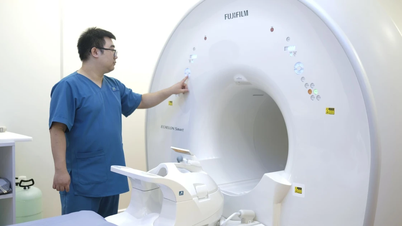

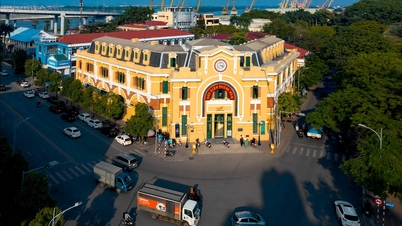

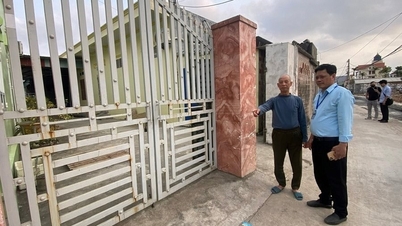




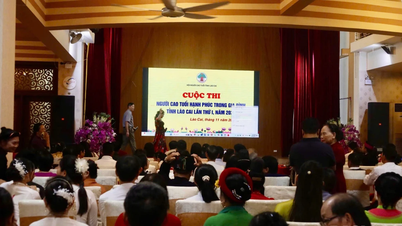













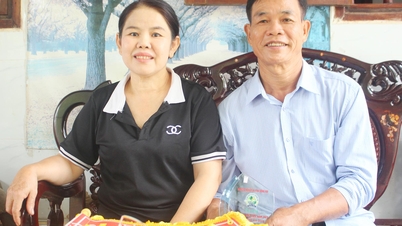






![[Video] Hue Monuments reopen to welcome visitors](https://vphoto.vietnam.vn/thumb/402x226/vietnam/resource/IMAGE/2025/11/05/1762301089171_dung01-05-43-09still013-jpg.webp)












































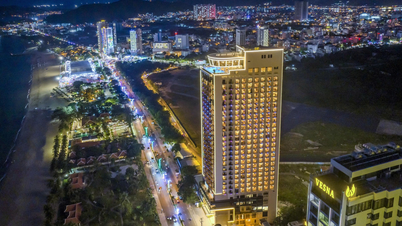

























Comment (0)